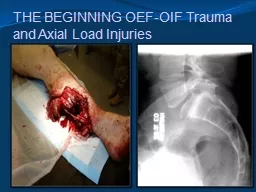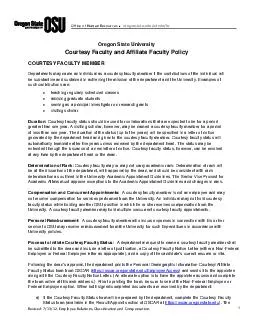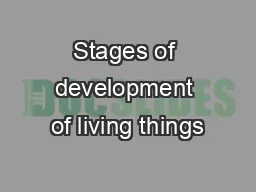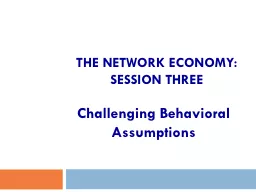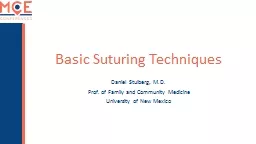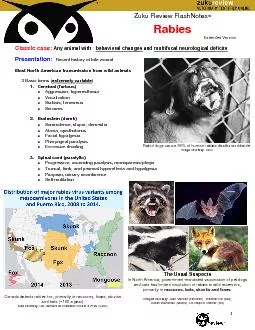PPT-Courtesy of C. Buckenmaier, MD
Author : danika-pritchard | Published Date : 2018-11-10
THE BEGINNING OEFOIF Trauma and Axial Load Injuries WHY PAIN HIGH PREVALENCE gt50 AND POOR CLINICAL OUTCOMES Suffering and dissatisfied patients Suffering and dissatisfied
Presentation Embed Code
Download Presentation
Download Presentation The PPT/PDF document "Courtesy of C. Buckenmaier, MD" is the property of its rightful owner. Permission is granted to download and print the materials on this website for personal, non-commercial use only, and to display it on your personal computer provided you do not modify the materials and that you retain all copyright notices contained in the materials. By downloading content from our website, you accept the terms of this agreement.
Courtesy of C. Buckenmaier, MD: Transcript
Download Rules Of Document
"Courtesy of C. Buckenmaier, MD"The content belongs to its owner. You may download and print it for personal use, without modification, and keep all copyright notices. By downloading, you agree to these terms.
Related Documents

